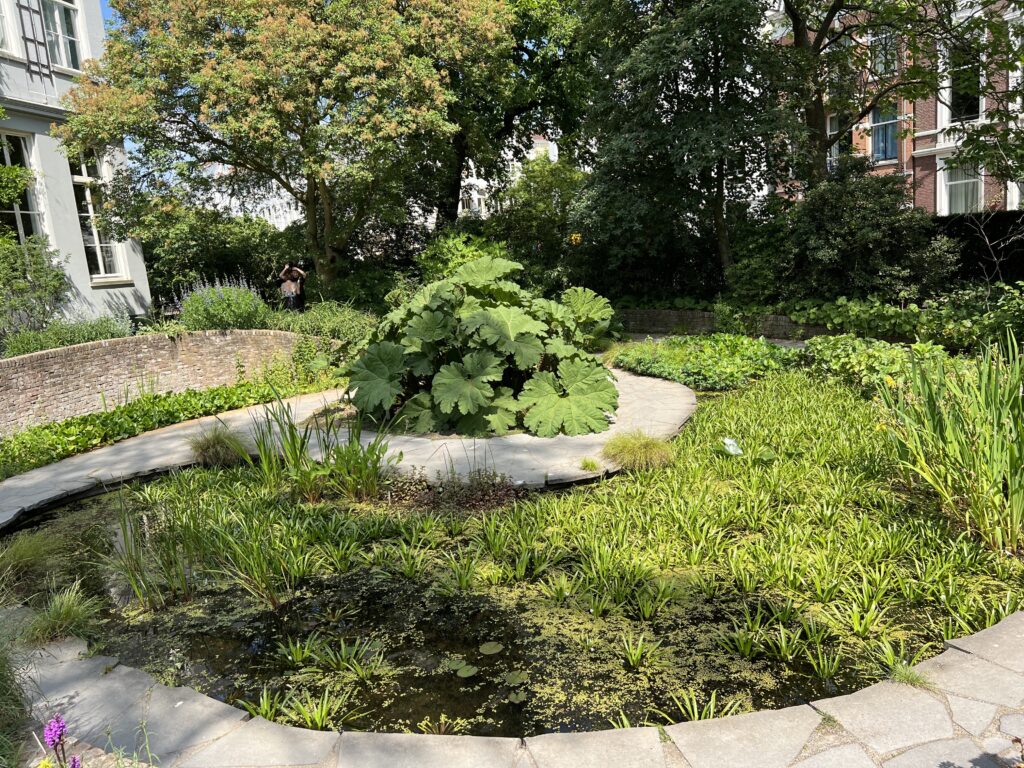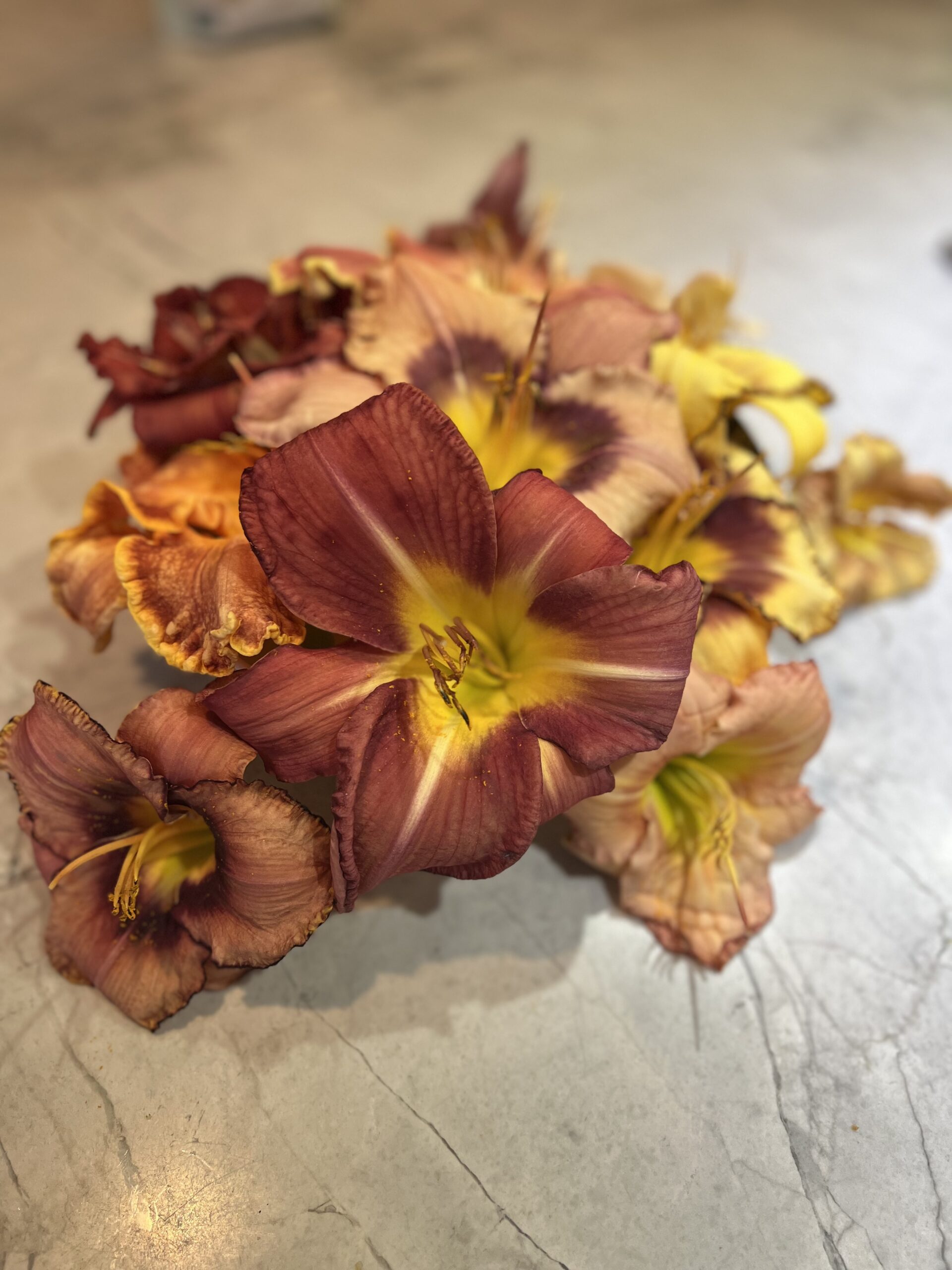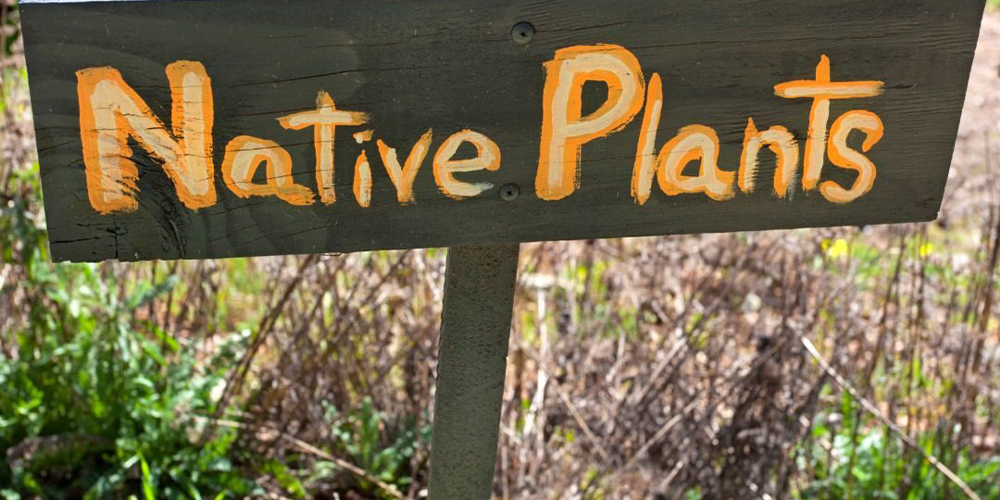
The botanical garden in Amsterdam
Native plants are naturally occurring plants in a particular region that have evolved alongside the local climate, soil, and wildlife without the help of humans. As our ecosystems become increasingly fragile, the role of native plants is becoming more significant. They provide multiple benefits, making them essential components of sustainable gardening, climate change adaptation, and ecological preservation.
Why are native plants important?
Native plants can be used to weave together natural landscapes. From delicate wildflowers to towering trees, each species has a place within a specific ecosystem. Over many years roots become intertwined with soil, forming symbiotic relationships with beneficial microorganisms, and their flowers and fruits sustain local pollinators and wildlife. By cultivating naturally-occurring species, we create environments that support not only the plants themselves but also the biodiversity that depends on them.
What are the benefits of native plants?
It is important to not only understand what native plants are, but the advantages of incorporating them into landscaping and gardening. Their benefits extend beyond mere aesthetics. Here are a few of the notable benefits:
- Biodiversity Conservation: Native plants provide essential habitats and food sources for a diverse range of wildlife, from insects to birds to mammals. They contribute to the preservation of local biodiversity, preventing the displacement of naturally-occurring species by invasive ones. For example, Swamp Milkweed are important for monarch butterfly breeding in Massachusetts.
- Ecosystem Resilience: Native plants are well-adapted to the local climate, which makes them more resistant to extreme weather conditions and fluctuations. For example, the native plants in Alaska are well adapted to temperature fluctuations. They require less intensive maintenance, such as watering and fertilization, due to their natural compatibility with the environment.
- Water Efficiency: Native plants have evolved to thrive in the available rainfall of their local regions. When incorporated into landscaping, they often require less water than non-native alternatives, making them an excellent choice for water-wise gardening.
- Soil Health Enhancement: These plants are integral to soil health as their root systems improve soil structure and prevent erosion. This leads to better water retention, reduced runoff, and improved nutrient cycling.
- Carbon Sequestration: Native plants contribute to the sequestration of carbon dioxide from the atmosphere, which helps mitigate climate change.
- Reduced Pesticide Use: Native plants are naturally resistant to many local pests and diseases, reducing the need for chemical interventions.
The Symbolism of Native Plants
Cultivating native plants is not just about environmental stewardship. It’s also a way to connect with the cultural heritage of a region. Indigenous communities have long revered these plants for their medicinal, culinary, and ceremonial purposes. By incorporating them into our landscapes, we can honor the knowledge and traditions of those who have cared for the land for generations.
Examples
Native plants differ by region or locality; it is important to understand your specific climate, soil conditions, and biodiversity needs. For example, in Massachusetts, naturally-occurring species include the mayflower (the state flower) and the red maple. Non-natives include the daylily, which is comes from Asia. This is going to come as a disappointment to my neighbor, who is obsessed with daylilies. He often boasts of the hundreds of rare cultivars that he has collected over time.

If you want to learn which plants are native to your area, we recommend the Audubon database.
